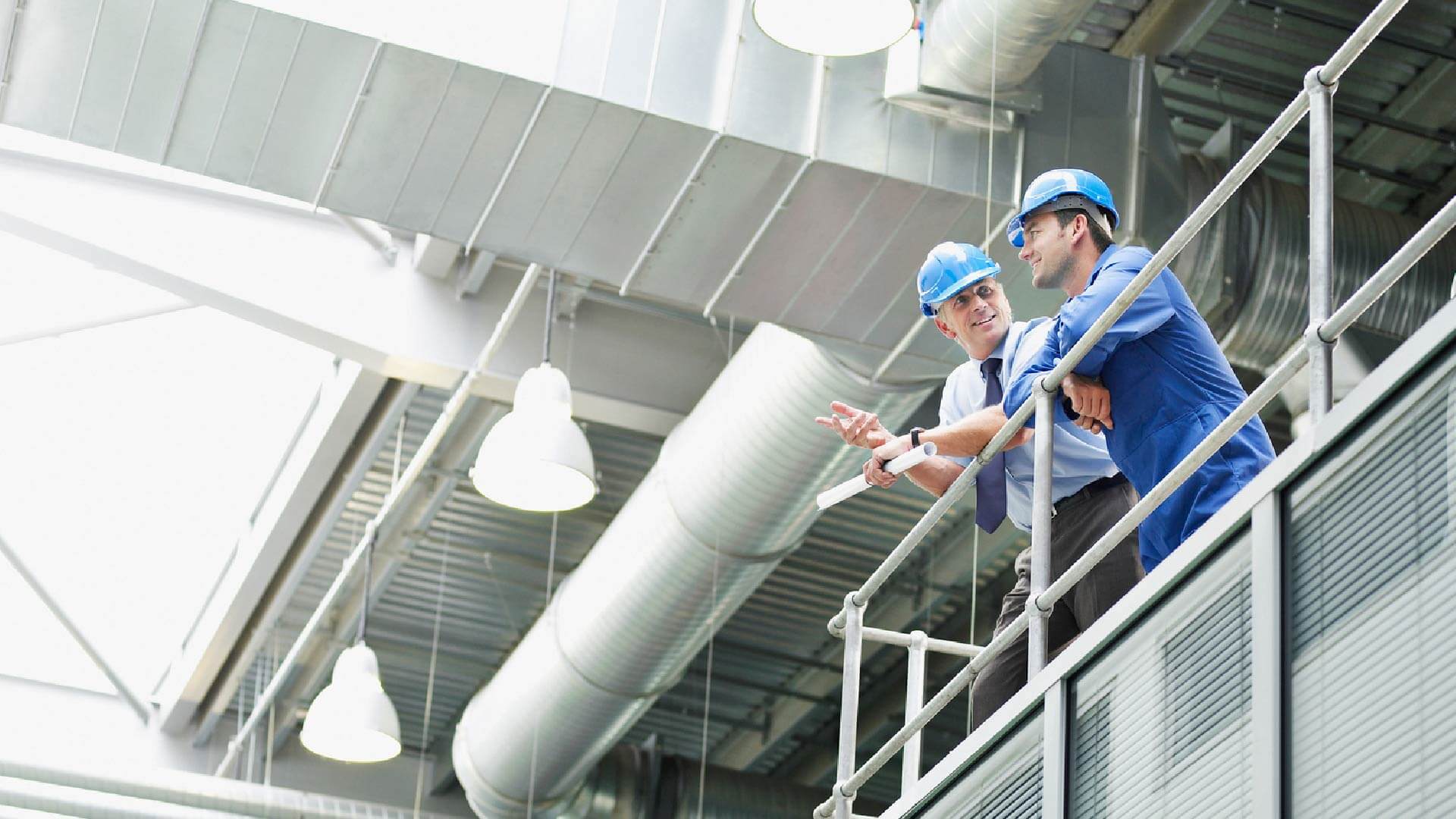Market Overview: Unveiling Digital Solutions For Lifecycle Carbon Reduction In The Built Environment
26 Feb, 2024
Access this research
Access all AEC content with a strategic subscription or buy this single report
Need help or have a question about this report? Contact us for assistance
Executive Summary
The building and construction sector exerts a significant environmental influence, prompting leaders throughout the real estate value chain to prioritize and intensify their endeavours to mitigate the industry’s carbon footprint. This report provides an overview of the digital solutions available to real estate and built environment professionals to measure, manage, report and – crucially – reduce carbon emissions. Given the diverse array of providers offering carbon-related solutions for the built environment, this report considers tools across various categories, encompassing lifecycle assessment (LCA), product lifecycle management (PLM), ESG data and reporting, energy management, carbon accounting and management, and building information modelling (BIM) and digital twin technologies. With carbon emissions emanating from each stage of the building life cycle, this report examines all phases, from design and construction to operations and end of life.
Decarbonizing the built environment demands digital tools
Varied standards exist to examine carbon emissions, catering to different real estate professionals
Climate change, compliance and consumer awareness propel net zero to the fore
Firms are spurred to curb their carbon emissions by financial incentives
A disconnected real estate value chain, coupled with data hurdles, hinders carbon management
Introducing the market for digital solutions addressing carbon in the built environment
A diverse ecosystem of providers forms the building blocks for decarbonization
Stakeholders derive distinct benefits from software to measure, manage and mitigate carbon consumption
Widespread building decarbonization will require digital solutions that are accessible and open
Varied standards exist to examine carbon emissions, catering to different real estate professionals
Climate change, compliance and consumer awareness propel net zero to the fore
Firms are spurred to curb their carbon emissions by financial incentives
A disconnected real estate value chain, coupled with data hurdles, hinders carbon management
Introducing the market for digital solutions addressing carbon in the built environment
A diverse ecosystem of providers forms the building blocks for decarbonization
Stakeholders derive distinct benefits from software to measure, manage and mitigate carbon consumption
Widespread building decarbonization will require digital solutions that are accessible and open
Figure 1. Relationship between two frameworks for measuring carbon in the built environment
Figure 2. Collaboration on decarbonization of the built environment by critical stakeholders across the building life cycle
Figure 3. Landscape of providers of digital solutions for building-related carbon measurement and management
Figure 2. Collaboration on decarbonization of the built environment by critical stakeholders across the building life cycle
Figure 3. Landscape of providers of digital solutions for building-related carbon measurement and management
Arup, Athena, Autodesk, Axis, Bentley Systems, Boon Edam, BRE Group, British Land, Bueno Systems, Carbon Risk Real Estate Monitor (CRREM), Carrier, CBRE, CDP, Dassault Systèmes, D-Carbonize, Deepki, Dekker Perich Sabatini (DPS), Dublin City Council, EcoEnergy Insights, Emerson, Emitwise, Energy Impact Partners, Energy Star, EnergyCAP, FigBytes, gbXML, Generali, GHG Protocol, Global Reporting Initiative (GRI), Globalworth, GRESB (Global Real Estate Sustainability Benchmark), Grosvenor, Honeywell, IBM, IBM Envizi, InfraVia Capital Partners, Integrated Environmental Solutions (IES), Interface, International Organization for Standardization (ISO), International Sustainability Standards Board (ISSB), Johnson Controls, Laing O’Rourke, Lake Flato Architects, LaSalle, Lendlease, Low Carbon Building Initiative (LCBI), Makersite, Measurabl, Nemetschek, Net Zero Asset Managers initiative, Nooco, Normative, NZero, One Click LCA, openLCA, Partnership for Carbon Accounting Financials (PCAF), Patrizia, Position Green, PRé Sustainability, PSG Equity, RIBA (Royal Institute of British Architects), RICS (Royal Institution of Chartered Surveyors), Rubenstein Partners, Savills UK, Schneider Electric, Siemens, Siemens Digital Industries, SimaPro, Sphera, Sustainability Accounting Standards Board (SASB), Sway Ventures, Swiss Life Asset Managers, TallyLCA, Task Force on Climate-related Financial Disclosures (TCFD), UN Environment Programme (UNEP), US Securities and Exchange Commission (SEC), Vinci Energies, World Resources Institute (WRI)
About the Authors

Amelia Feehan
Manager, Advisory Services
Amelia is a Manager within the Advisory Services team at Verdantix. She has several years of experience leading large-scale technology and strategy projects for both vendors a...
View Profile
Claire Stephens
Research Director
Claire Stephens is a Research Director at Verdantix, leading research into technologies and services shaping the real estate and the built environment, encompassing ...
View Profile








